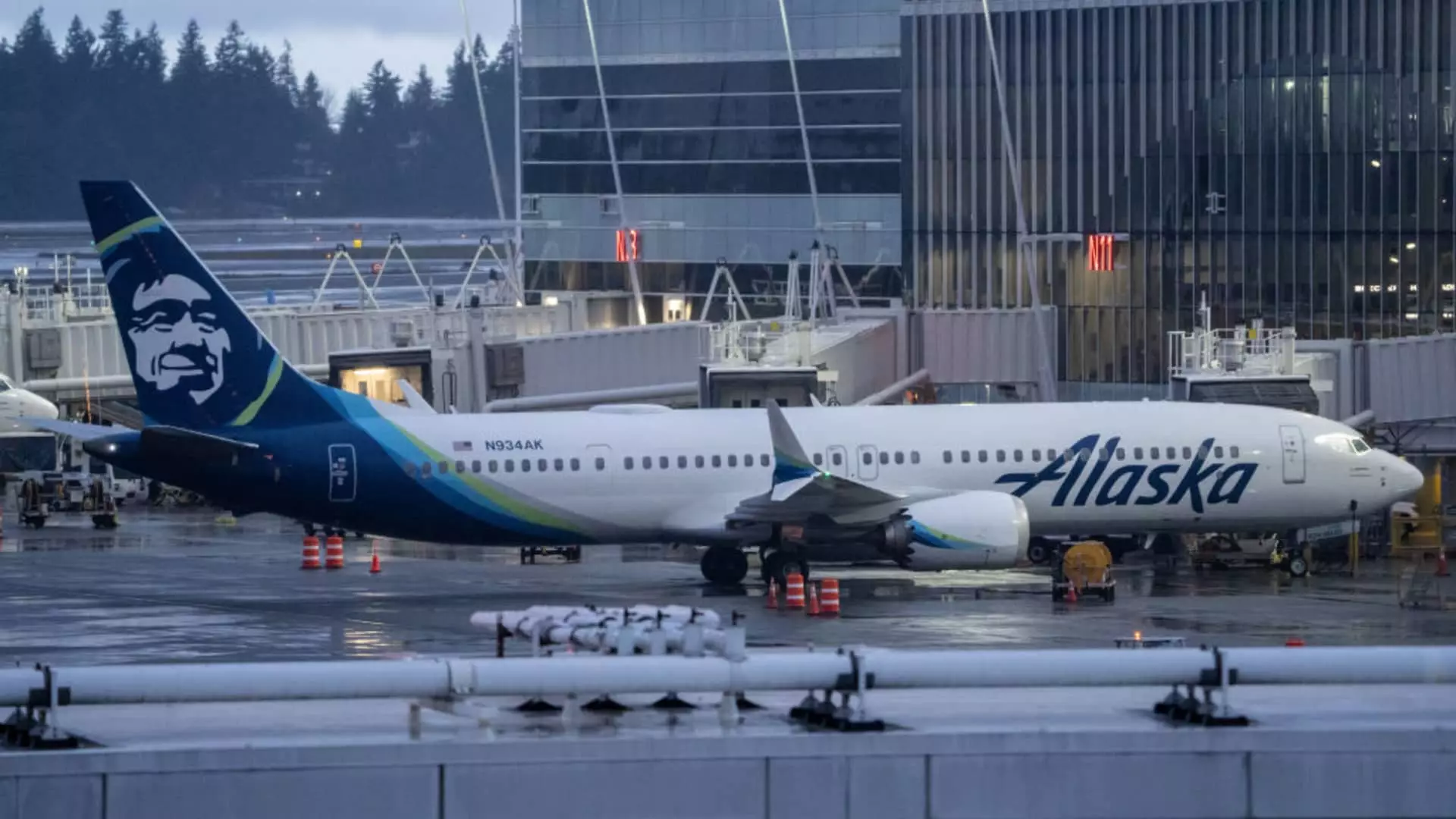In an unexpected twist that sends ripples through the airline industry, Alaska Airlines has issued a sobering projection for its second-quarter earnings, attributing its revised outlook to faltering travel demand. This recent statement reflects a broader trend across several carriers who have reported booking figures that don’t align with earlier expectations. While the airline has observed stabilization in its bookings, it still anticipates a six-percentage-point setback, highlighting the uncertainty that looms over the travel sector.
Financial Predictions That Raise Eyebrows
Forecasts from Alaska Airlines suggest that its unit revenue could remain stable or see a dip of up to 6% when compared to last year’s figures. The airline also announced a projected adjusted earnings per share between $1.15 and $1.65, a stark contrast to Wall Street analysts’ previous predictions of $2.47 per share. This surprising downgrade signals potential turbulence ahead for the airline, especially considering it has recently merged with Hawaiian Airlines. The decision not to revise full-year guidance further emphasizes the prevailing economic uncertainty that has caused numerous carriers to buckle under pressure.
Market Dynamics: The New Normal?
Despite the economic headwinds, Alaska Airlines is witnessing a made-to-order market where travelers are booking trips, albeit at reduced fares. Chief Financial Officer Shane Tackett has acknowledged that while demand remains relatively robust, it has not reached the highs the industry had hoped for entering 2023. The subdued fare landscape could significantly impact profitability, a concern that should not be underestimated as we enter the busy summer travel season.
Moreover, the airline’s performance during the first quarter paints a complex picture. Although Alaska reported a revenue increase of 41% year-on-year, it still posted greater losses than anticipated, reflecting an ongoing struggle to balance revenue growth with operational costs. The net loss of $166 million raises eyebrows as it highlights vulnerabilities that could hinder long-term recovery.
Leadership Perspective: Steady But Cautious
CEO Ben Minicucci’s declaration that “Alaska is built for times like these” underscores the airline’s commitment to safety and operational excellence. Nevertheless, one must wonder how such assurances will translate into tangible results in a volatile market environment. The leadership seems confident in its teams’ ability to navigate these choppy waters, but the question remains—will this be enough?
The upcoming conference call scheduled with analysts will be a crucial opportunity for the airline to articulate its strategy moving forward. With lingering questions about demand volatility and fluctuating fare structures, all eyes will be on Alaska Airlines to see how it plans to maneuver these changing conditions.
In a rapidly evolving landscape, Alaska Airlines’ ability to adapt will determine not just its survival, but its success in a post-pandemic world where consumer habits are shifting, and economic uncertainty reigns supreme.


Leave a Reply